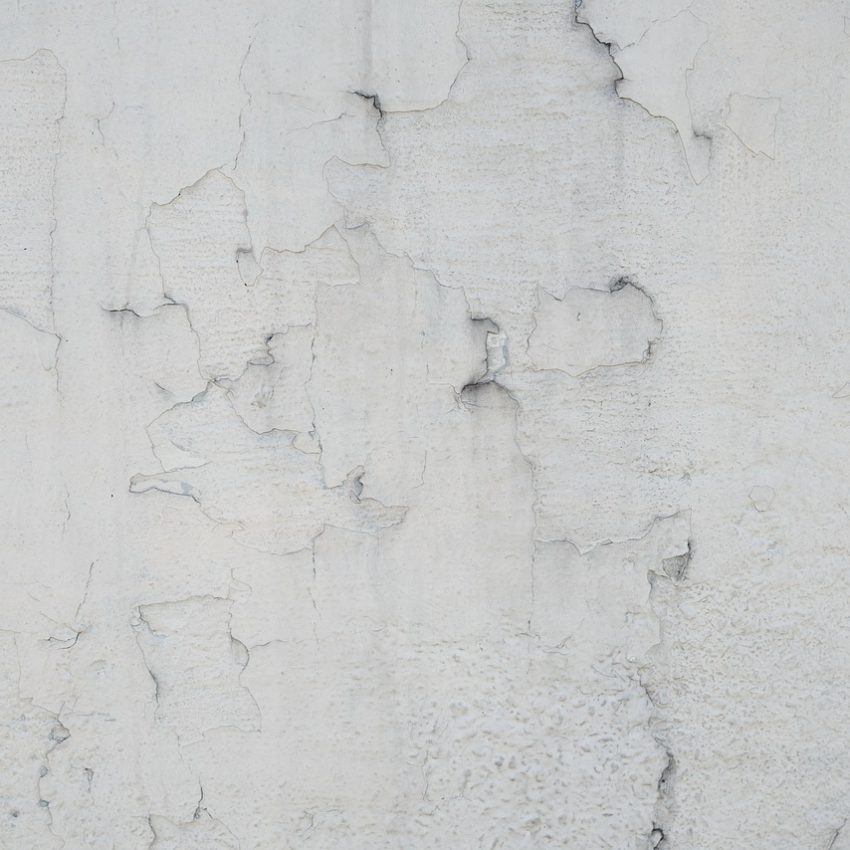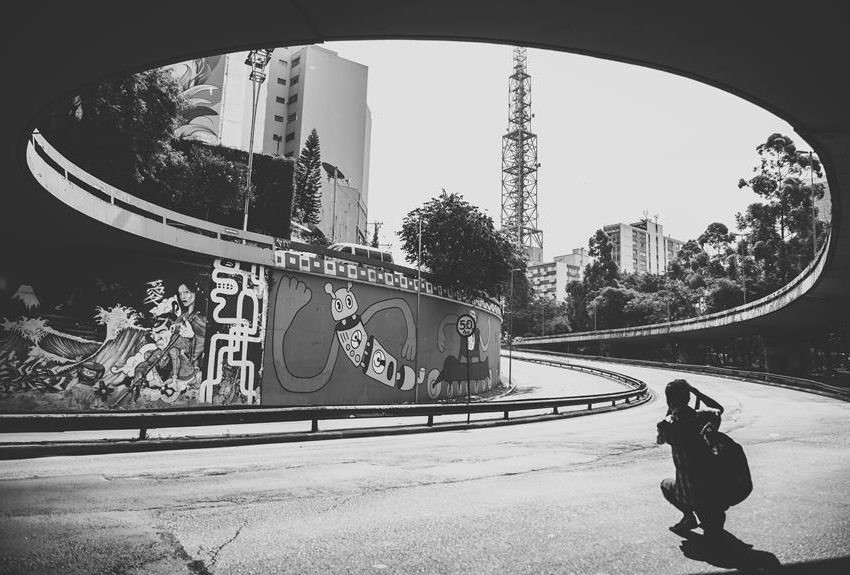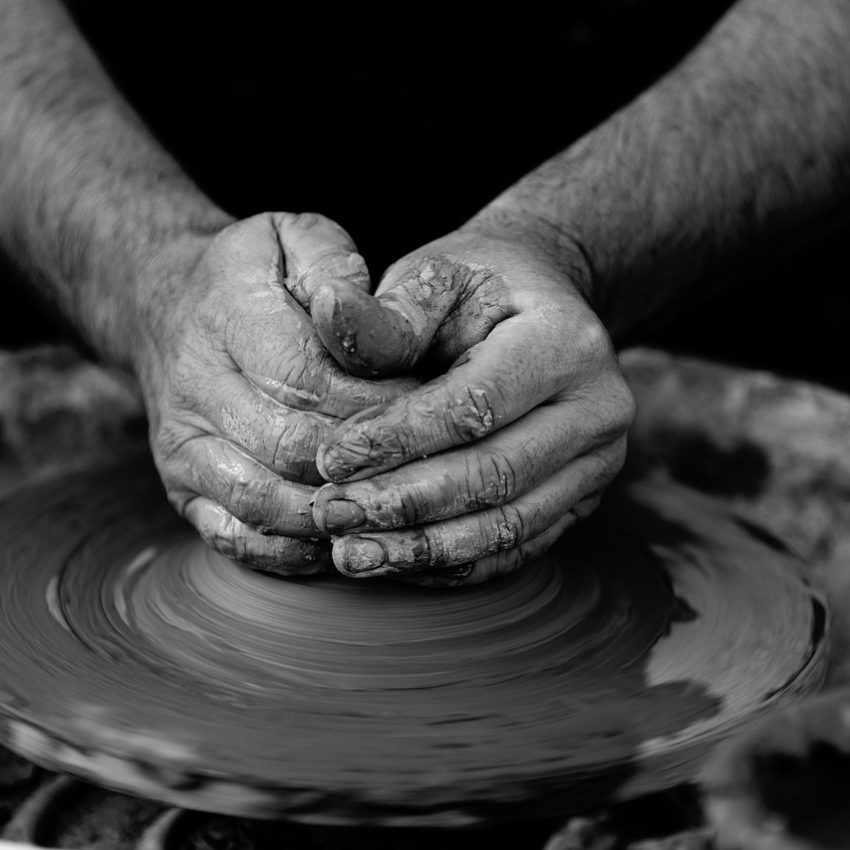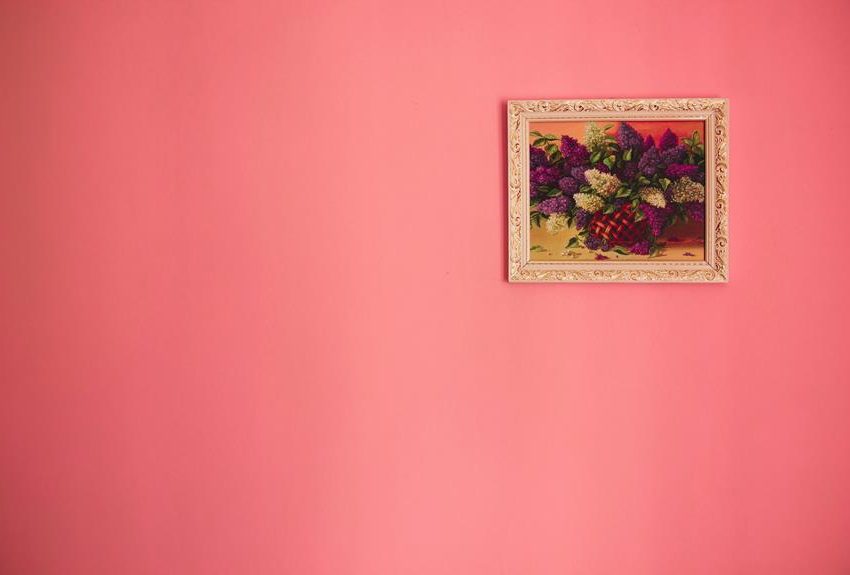Exploring Monochrome: A Journey Through Monochromatic Art and Painting Styles
Monochromatic art, often referred to as monochromatic painting, is a form of abstract art that utilises a limited range of colours, typically focusing on a one colour or hue.
This approach to painting has been explored by many artists throughout the history of modern art, including influential figures such as Yves Klein, Kazimir Malevich, Ellsworth Kelly, Ad Reinhardt, Robert Ryman, and Olivier Mosset.
Monochromatic painting is characterised by its use of a single colour, which can range from pure white to deep black, or any other hue in between, mirroring the simplicity and depth found in watercolour techniques.
Artists who create monochrome works often employ various techniques to explore the expressive potential of their chosen color, using different shades, brushstrokes, and textures to create depth and complexity within the composition.
As we embark on this journey through the tantalising tapestry of monochrome expression, we trace its roots back to some of the earliest civilizations where black charcoal etched stories onto rugged stone canvases.
Over time, this elemental style metamorphosed into nuanced greyscales that whispered tales of triumphs and tragedies alike.
Each stroke tells a story; each shade holds a secret waiting to be unveiled. Join us as we uncover the vibrant history and evolution of monochrome artistry – a voyage that promises not only aesthetic delight but also profound insights into our shared cultural heritage.
Dive into an exploration of contrasts and compositions that transcend limitations imposed by colours themselves, embracing the essence of monochromatic painting to discover new dimensions in wall art and abstract painting.
Discover how artists across centuries have harnessed the power of singularity to evoke emotions ranging from serenity to passion within their viewers’ hearts.
With every brushstroke echoing echoes from distant pasts yet resonating with contemporary relevance, monochrome art invites you on an odyssey beyond chromatic confines towards boundless realms of artistic expression awaiting your discovery.
Welcome aboard this enchanting escapade through the enigmatic allure of monochromatic wonders! Explore this unique aesthetic through the lens of abstract painting and see more ideas about monochromatic themes that captivate artists and enthusiasts alike.
Throughout history, artists have employed various techniques to create monochrome artworks, primarily using shades of brown or black ink on paper or grey oil paint on canvas, a method known as grisaille derived from the French word ‘gris’ meaning grey.
By adjusting the dilution of ink or utilising different tones of grey, artists achieved the desired shades necessary for their compositions.
This manipulation of light and dark, known as chiaroscuro, allowed them to articulate form and depth within their creations.

History

From the 1950s and 1960s onward, a cadre of Abstract Expressionist and color field artists, including Jules Olitski, Ludwig Sander, Robert Motherwell, Sam Francis, Barnett Newman, Adolph Gottlieb, Mark Rothko, Clyfford Still, Theodoros Stamos, among others, delved into motifs suggesting monochrome.
They employed expansive, flat fields of color in their large-scale works, which left a profound impact on emerging styles like Post-Painterly Abstraction, Lyrical Abstraction, and Minimalism.
In the twentieth century, particularly with the advent of abstract art, numerous artists ventured into the realm of monochrome painting.
Figures like Anish Kapoor, Ad Reinhardt, Robert Ryman, Josef Albers, Frank Stella, Yves Klein, Gerhard Richter, Lucio Fontana, Henri Matisse, Michel Parmentier, Marcia Hafif, Kasmir Severinovich, and Robert Rauschenberg embraced this style as a means of artistic exploration.
The concept of the monochrome serves dual purposes. It is not only a technique used in monochromatic painting, which is one created using a single hue, but also a philosophical approach to focusing on the essence of art itself.
Firstly, it often symbolises spiritual purity, as artists select a single colour to delve into the serenity of complete abstraction.
Yves Klein, for instance, aimed to convey a dissolution of material boundaries in his works, fostering a sense of universal unity.
Innovative French artist Yves Klein (1928-1962) made a significant artistic leap by introducing a groundbreaking colour: International Klein Blue.
This distinct hue was the result of a collaboration between Klein and Edouard Adam, a French paint supplier. Together, they developed a pigment utilizing a synthetic resin binder to intensify the ultramarine color, achieving a remarkable depth and vibrancy.
In the 1950s, Pierre Manzoni pursued the theme of ‘nothingness’ in his ‘Achrome’ series, a radical form of monochromatic painting that challenges traditional perceptions of art, much like the abstract paintings housed in modern art museums.
Secondly, for some artists, the monochrome serves to distill the artwork to its most elemental form, emphasising its intrinsic physical components such as colour, form, texture, or the process of its creation.
Kazimir Malevich pioneered this approach in the early 20th century with his ‘white on white’ paintings, a hallmark of suprematism and an influential movement in abstract painting.
German minimalist artists associated with the ‘Zero’ movement utilised monochrome to reveal the artistic process, often incorporating slashes or raised shapes on white or black canvases.
In Britain, Ben Nicholson notably produced a series of white reliefs in the mid-1930s, exemplifying this reductionist aesthetic.


Notable Artists in Monochromatic Art
Delving into the realm of monochromatic art unveils a tapestry of creative minds who have left an indelible mark on this specialized genre.
One such luminary is artist Kazimir Malevich, often hailed as the pioneer of geometric abstraction and suprematist composition, whose white on white paintings remain influential in the realms of abstract and monochromatic painting.
Malevich’s iconic Black Square painting from 1915 stands as a manifesto for pure artistic expression, where simplicity meets profound symbolism, and serves as a pivotal example of monochromatic painting in the Museum of Modern Art.
Through his radical departure from representational forms, Malevich challenged conventional perceptions of art and paved the way for future generations to explore the power of minimalistic aesthetics.
Another towering figure in monochrome mastery is Agnes Martin, renowned for her serene compositions that exude tranquility and harmony.
Martin’s delicate grids and soft washes of colour transcend mere visual representation to evoke a sense of introspection and contemplation in viewers, serving as inviting examples of watercolour wall art that emphasise the power of monochromatic palettes.
With a keen eye for subtlety and restraint, she brings forth ethereal beauty through intricate lines and subtle variations in tone.
Martin’s oeuvre serves as an oasis of calm amid the chaos of modern life, inviting audiences to pause, reflect, and delve into realms beyond the tangible surface of her canvases.
Renowned as the progenitor of Spatialism, Argentine-Italian artist Lucio Fontana (1899–1968) is celebrated for his innovative incorporation of three-dimensionality in his artworks, which can be categorized under abstract painting and have found their places in the Museum of Modern Art.
His Concetto Spaziale (Spatial Concepts) series of monochrome paintings achieve their three-dimensional effect through a radical act of cutting or puncturing the canvas, resulting in gaping holes and slash marks within the work.
These pieces not only emphasize the physical space behind the painting but also prompt viewers to contemplate new dimensions and forms within the artistic experience.
As we unravel the threads woven by these visionary artists, we witness how their unswerving dedication to monochromatic expressions has redefined artistic boundaries and ignited dialogue on purity, form, and essence in artistry.
Their legacy continues to inspire contemporary creators to push beyond limits, embrace simplicity with sophistication, and harness the emotive power inherent in shades of black, white, or grayscale nuances—a testament to the enduring allure and impact of monochrome art throughout history.

Styles and Techniques in Monochromatic Painting

Monochrome painting encompasses a diverse range of styles and techniques that artists have employed throughout history to convey depth, emotion, and meaning through the absence of colour.
This artistic approach is a testament to the concept that sometimes less is more, encouraging viewers to explore the museum of modern art for more examples.
One notable approach is chiaroscuro, a technique originating from the Renaissance period that utilises strong contrasts between light and dark to create dramatic effects.
Artists like Caravaggio masterfully used chiaroscuro to infuse their monochromatic works with a sense of realism and intensity, capturing moments frozen in time with striking precision.
These pieces, often resembling abstract paintings in their execution, can be seen as precursors to modern wall art, inviting viewers to see more ideas about monochromatic themes in galleries and museums.
Moving beyond chiaroscuro, artists in the modern era have explored innovative techniques to push the boundaries of monochromatic art.
The minimalist aesthetic embraced by figures such as Ellsworth Kelly highlights how simplicity can be incredibly powerful in conveying complex emotions.
By stripping away elements unrelated to form or colour, Kelly’s monochrome paintings invite viewers to contemplate shape, line, and tone on a deeper level—transforming seemingly basic compositions into profound visual experiences that challenge traditional notions of artistic expression.
In examining various periods or movements within art history, it becomes evident that each generation has reinterpreted monochromatic painting in unique ways.
From the intricate ink wash paintings of East Asian art traditions to the bold geometric abstractions of 20th-century Constructivism, every style brings forth new possibilities for exploring the interplay between light and shadow within a single hue palette.
Through these examples spanning centuries and continents, we witness how artists continue to redefine what it means to work within constraints while unleashing boundless creativity through the limitless nuances of monochrome expression.

Impact and Significance of Monochrome Art
Monochromatic art holds a unique power to convey profound meaning through the absence of colour.
By stripping away the distraction of multiple hues, artists are compelled to focus on form, texture, light, and shadow with unparalleled intensity.
In doing so, they invite viewers into a realm where subtlety reigns supreme; where every brushstroke whispers a story, and each gradient speaks volumes in silence, often employing the techniques of watercolour to achieve these effects.
This deliberate reduction to a single color palette forces both creators and observers alike to confront the essence of artistic expression – challenging preconceived notions about complexity and revealing the simplicity that lies at the heart of true visual communication.
When immersed in a monochromatic masterpiece, viewers often experience a shift in perception that transcends mere sight.
The limitations imposed by a restricted colour range compel individuals to engage with artworks on a deeper level, drawing attention to nuances that may have otherwise gone unnoticed, and this principle is often exemplified in the practice of watercolour painting.
As shades blend seamlessly or starkly contrast against one another, emotional responses are evoked with striking clarity; melancholy seeping through gentle grays or tranquility emanating from serene whites.
This heightened sensitivity not only alters how we see art but also influences how we perceive our surroundings beyond the gallery walls – prompting reflection on the nuanced beauty found within life’s simplest forms.
Modern Interpretations - Contemporary Artists Embracing Monochrome
In the realm of contemporary art, monochrome has found a new wave of expression through the innovative works of modern artists who are redefining its boundaries.
These artists skillfully blend traditional monochromatic techniques with avant-garde concepts, pushing the limits of what can be achieved in this minimalist style.
By embracing technology as a tool for creativity, these visionaries are able to experiment with digital mediums and software that offer limitless possibilities for visual exploration.
One fascinating aspect of how technology has influenced monochromatic art is the seamless fusion of traditional methods with cutting-edge digital tools.
Through programs like Photoshop and digital drawing tablets, artists can manipulate shades, textures, and compositions with unparalleled precision.
This marriage of analog tradition and digital innovation results in artworks that transcend conventional limitations, inviting viewers into immersive experiences where boundaries between reality and imagination blur effortlessly on canvas or screen.





